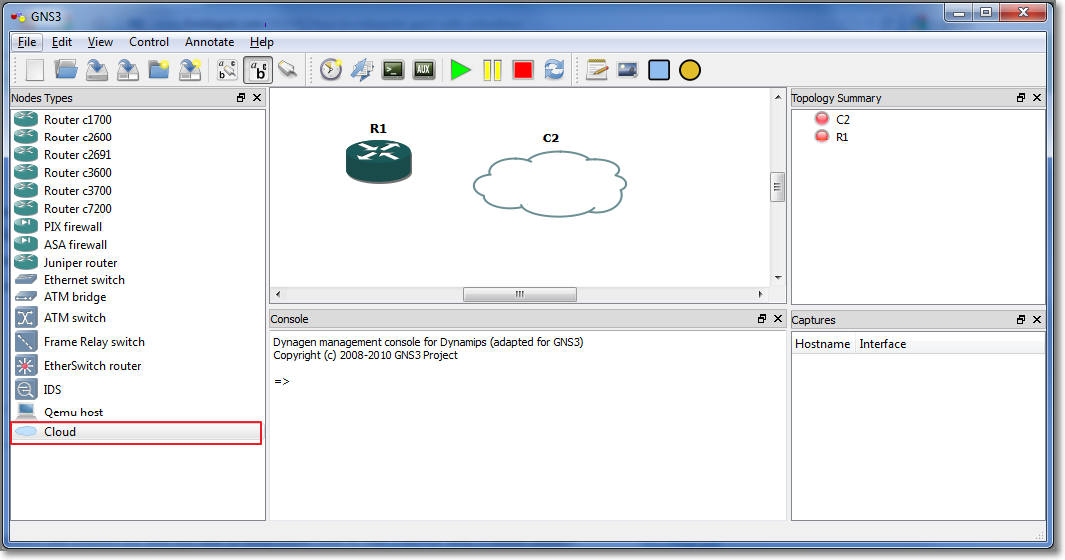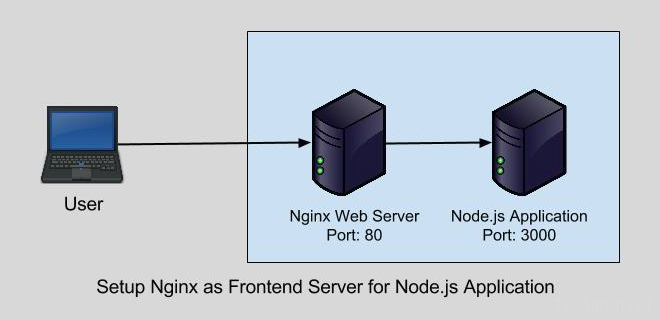

In the case of the functions and, edges and Re-appears after time four can have two spells: For example, a node that shows up from time 1 to time two and We can use spells to indicate windows during which the element is present Spells provide a way to represent presence and absence of elements throughout While the start and end attributes can be included in nodes and edges,


That is been removed will also be removed ( rm.edges = TRUE). In the case of rm.gexf.node, by default every edge linked to the node that is been removed will also be removed ( rm.edges TRUE ). rm.gexf.node and rm.gexf.edges remove nodes and edges respectively.
Nodebox gexf generator#
Users can create a network of nodes as a generator for all sorts of graphic output. NodeBox Live bundles functionality in small connectable building blocks called nodes. In the case of rm.gexf.node, by default every edge linked to the node and allow adding nodes and edges to a gexf object (graph) one at a time. NodeBox Live is a modular toolkit that can be used to create unique generative designs and compelling visualizations that run on the web. Rm.gexf.edges remove nodes and edges respectively. Creates a new gexf empty object (0 nodes 0Īdd.gexf.node and allow adding nodes and edges Index number(s) of a single or a group of nodes or edges.Ī gexf object (see write.gexf()). Number of decimals to keep for nodes/edges sizes. VizAtt = list (color = NULL, thickness = NULL, shape = NULL ),ĭigits = getOption ( "digits" ) ) rm.gexf.node ( graph, id = NULL, number = NULL, rm.edges = TRUE ) rm.gexf.edge ( graph, id = NULL, number = NULL ) ( graph,ĭigits = getOption ( "digits" ) ) ( graph,ĭigits = getOption ( "digits" ) ) Arguments graph VizAtt = list (color = NULL, position = NULL, size = NULL, shape = NULL, image = NULL ), Manipulates gexf objects adding and removing nodes and edges fromīoth, its dataframe representation and its XML representation.


 0 kommentar(er)
0 kommentar(er)
